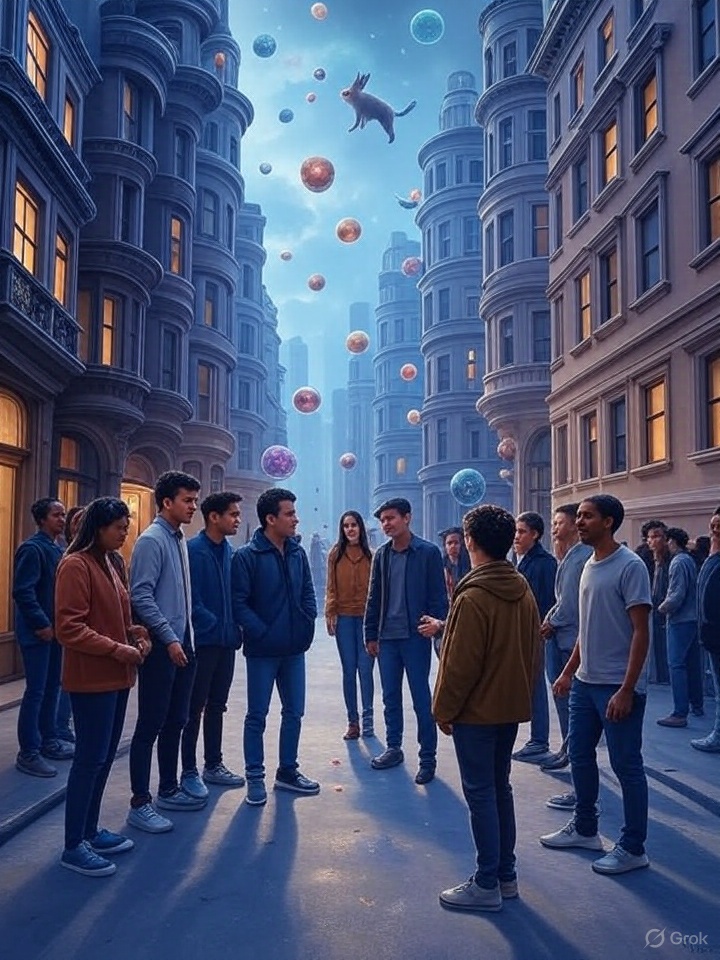Imaginary Realism: Exploring the Fusion of Reality and Imagination
Imaginary realism is an evolving artistic genre that harmoniously blends the tangible aspects of realism with the imaginative elements of fantasy. This fusion creates artworks that are both grounded in reality and enriched with imaginative narratives, offering viewers a unique visual experience.
Understanding Imaginary Realism

At its core, imaginary realism is an art form that portrays realistic subjects infused with imaginative or fantastical elements. Unlike traditional realism, which focuses solely on depicting the world as it is, imaginary realism introduces elements of the surreal, the magical, and the fantastical into everyday scenes. This genre challenges viewers to perceive the ordinary through an extraordinary lens, blurring the lines between reality and imagination.
Historical Context and Evolution
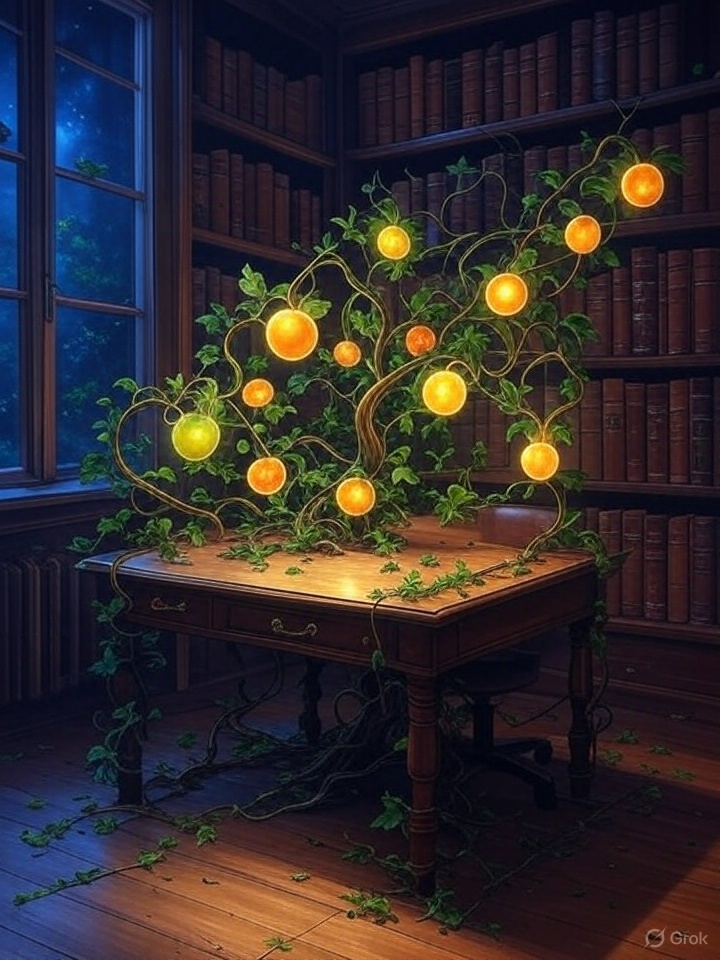
The roots of imaginary realism can be traced back to movements such as magical realism and fantastical realism. Magical realism, originating in the early 20th century, integrates magical elements into realistic settings, creating a narrative that feels both authentic and otherworldly. Artists like Albert Carel Willink preferred the term “imaginary realism” to describe their work, emphasizing the imaginative aspects within realistic portrayals.
Similarly, the Vienna School of Fantastic Realism, established in the mid-20th century, combined classical painting techniques with surreal and esoteric themes. Artists such as Ernst Fuchs and Arik Brauer created works that were meticulous in detail yet rich in fantastical content, laying the groundwork for contemporary imaginary realism.
Imaginary Realism in Contemporary Art
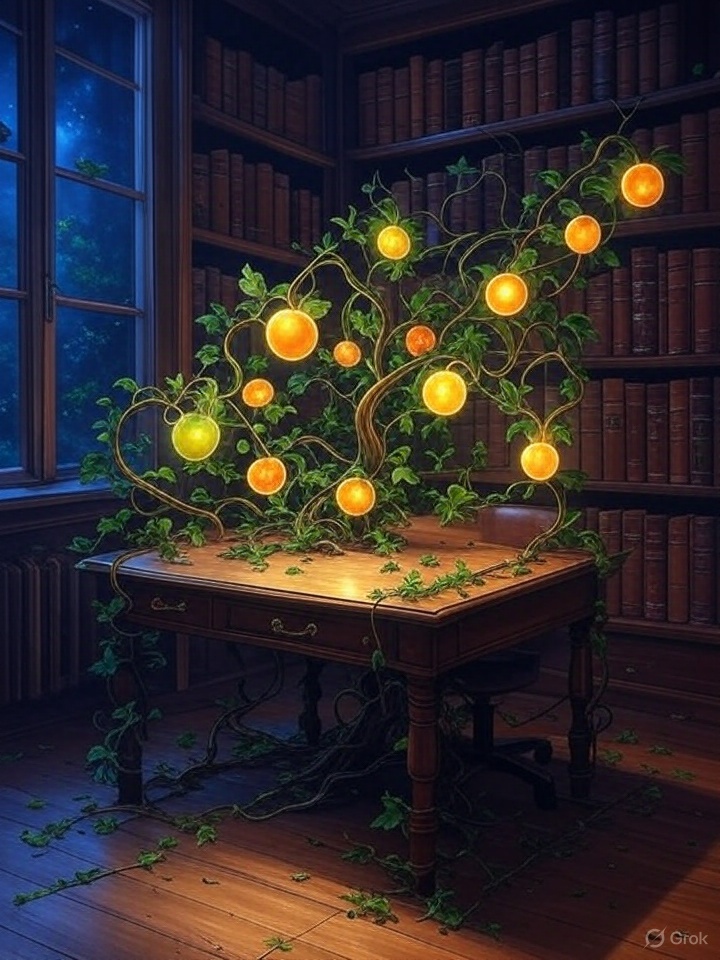
In today’s art scene, imaginary realism continues to thrive, with artists exploring the interplay between the real and the imagined. Exhibitions like “Hyper Real” at the National Gallery of Australia showcased works that push the boundaries of realism, presenting sculptures and installations that are both lifelike and fantastical. Artists like Ron Mueck and Patricia Piccinini create hyper-realistic sculptures that evoke a sense of wonder and curiosity, embodying the essence of imaginary realism.
Imaginary Realism in Fashion
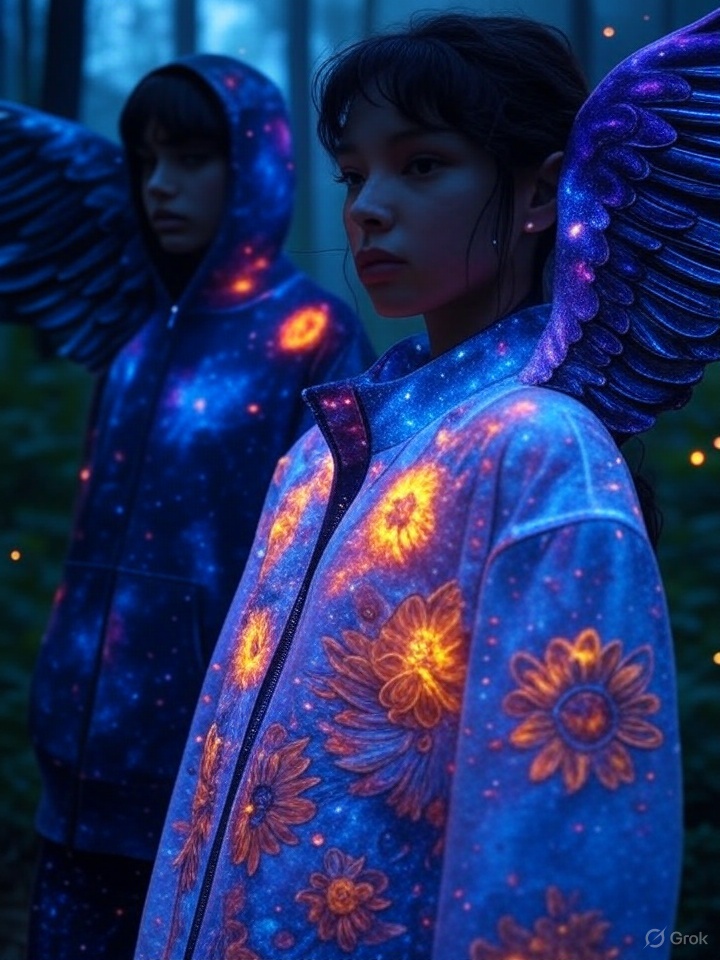
The influence of imaginary realism extends beyond traditional art forms into the realm of fashion. In Australia, brands like Realism Clothing blend streetwear with artistic expression, creating garments that reflect both authenticity and imagination. Their designs often incorporate elements of fantastical realism, offering wearers a unique fusion of style and storytelling.
Moreover, the trend of realism clothing has gained popularity in Australia, with consumers seeking apparel that resonates with their individuality and creative expression. This movement aligns with the principles of imaginary realism, where fashion becomes a canvas for imaginative narratives grounded in reality.
Imaginary Realism in Literature and Media

Imaginary realism also finds its place in literature and media, where narratives intertwine realistic settings with fantastical elements. This genre allows writers and creators to explore complex themes and human experiences through imaginative storytelling. The blending of the real and the imagined offers audiences a multifaceted perspective on the world, encouraging deeper reflection and engagement.
The Appeal of Imaginary Realism
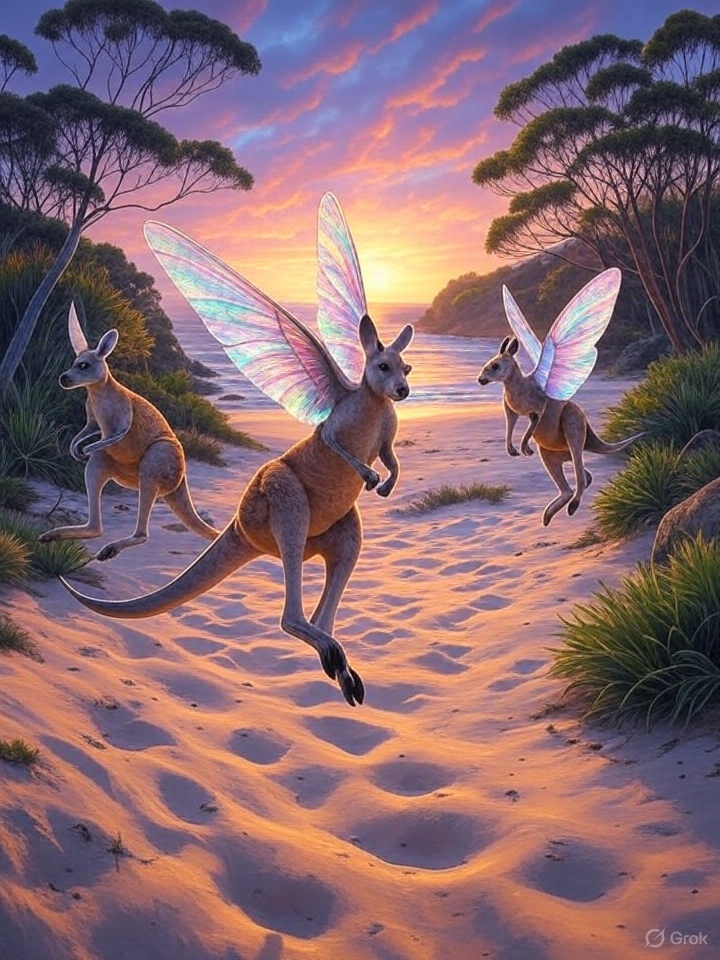
The allure of imaginary realism lies in its ability to transcend conventional boundaries, inviting viewers to explore the familiar through an imaginative lens. By merging realism with elements of fantasy, this genre fosters a sense of wonder and introspection, challenging perceptions and inspiring creativity.
Imaginary Realism in Australian Art
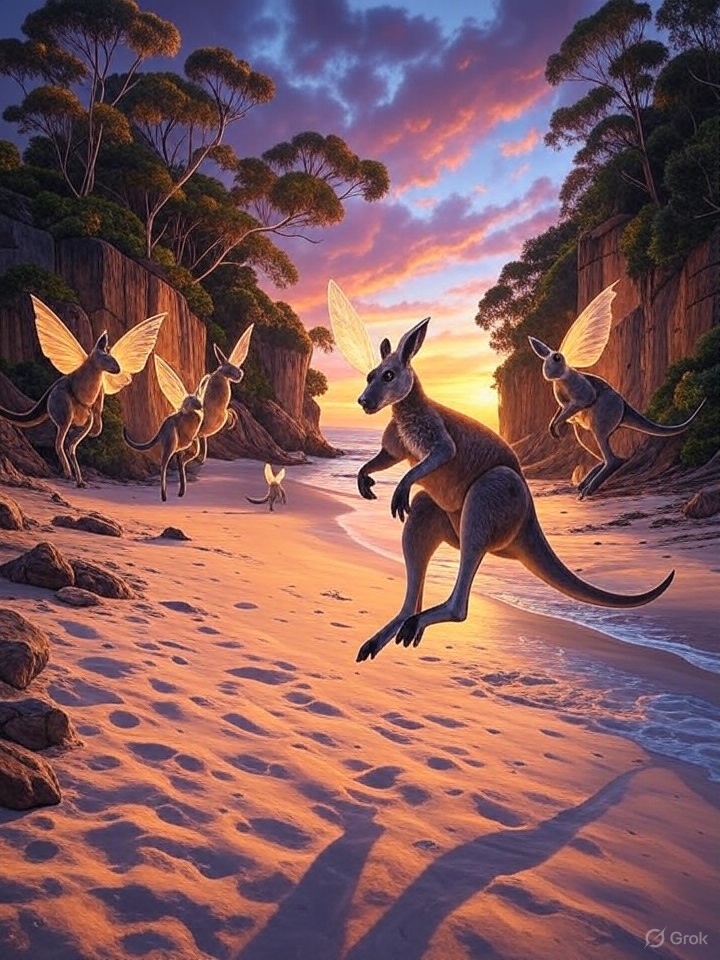
Australia’s art scene has embraced imaginary realism, with artists and exhibitions showcasing works that blend realism with imaginative elements. The “Hyper Real” exhibition at the National Gallery of Australia featured pieces that exemplify this fusion, highlighting the country’s engagement with this dynamic genre. Australian artists continue to explore and expand the boundaries of imaginary realism, contributing to its evolution and global recognition.
Final Words
Imaginary realism stands as a testament to the boundless potential of artistic expression. By seamlessly integrating the real with the imagined, this genre offers a rich tapestry of visual and narrative experiences. Its presence in art, fashion, literature, and media underscores its versatility and enduring appeal. As artists and creators continue to explore this fusion, imaginary realism will undoubtedly remain a vibrant and influential force in the cultural landscape.
Read more about Fashion, Business and Latest News

